Cats are known for their independence and occasional aloofness, but beneath that cool exterior lies an acute awareness of their environment, including the behavior of their human companions. Understanding how cats respond to changes in their owners’ behavior can enrich the bond between human and feline, and provide insights into cat psychology.
The Inherent Sensitivity of Cats
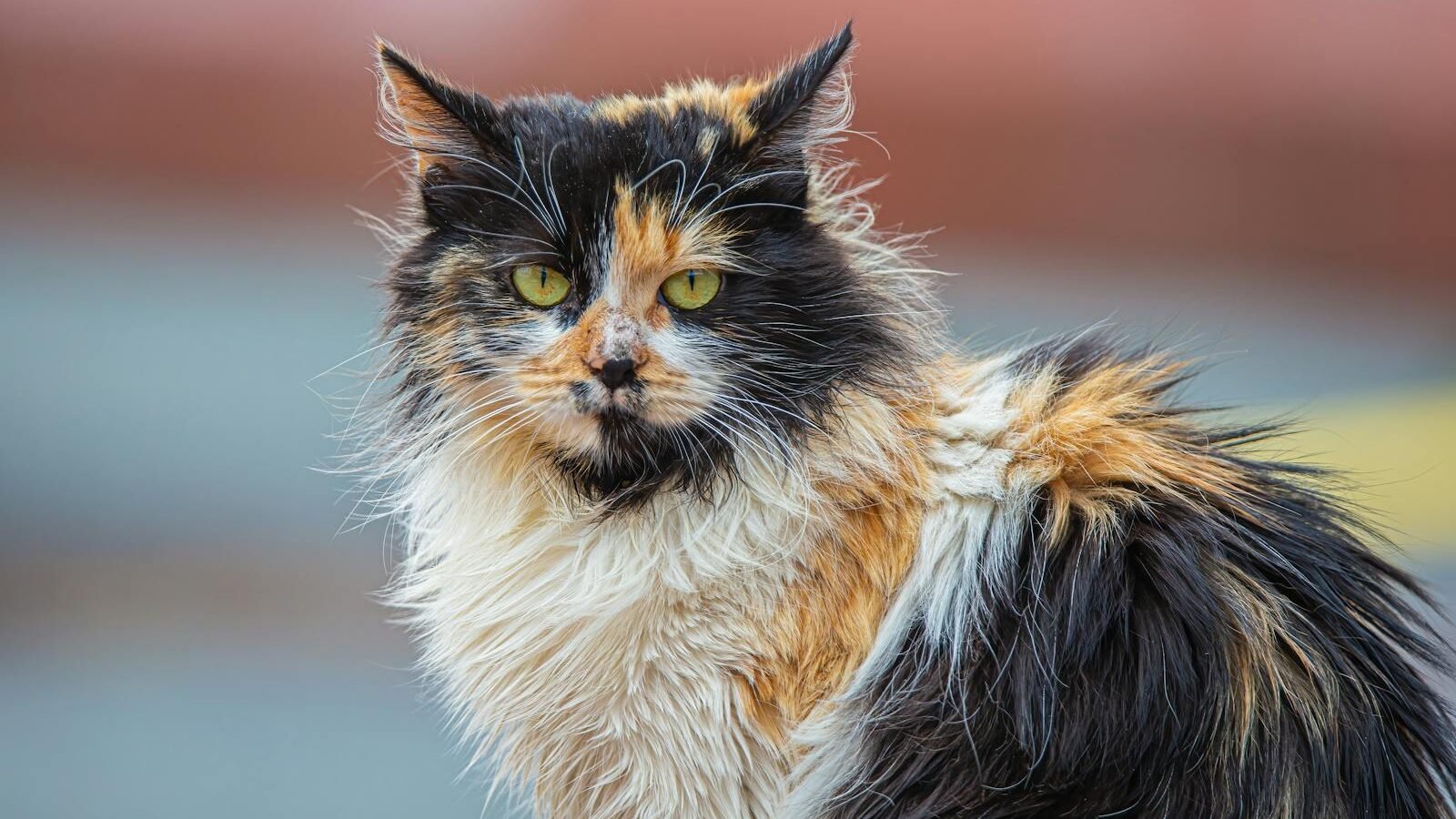
Photo by Irfan Rahat via Pexels
Cats are naturally observant creatures. Their survival instincts have been honed over generations, making them sensitive to changes in their surroundings. Behavioral cues, emotional states, and even subtle changes in routine are detected by cats, triggering various responses.
The Role of Routine in a Cat’s Life
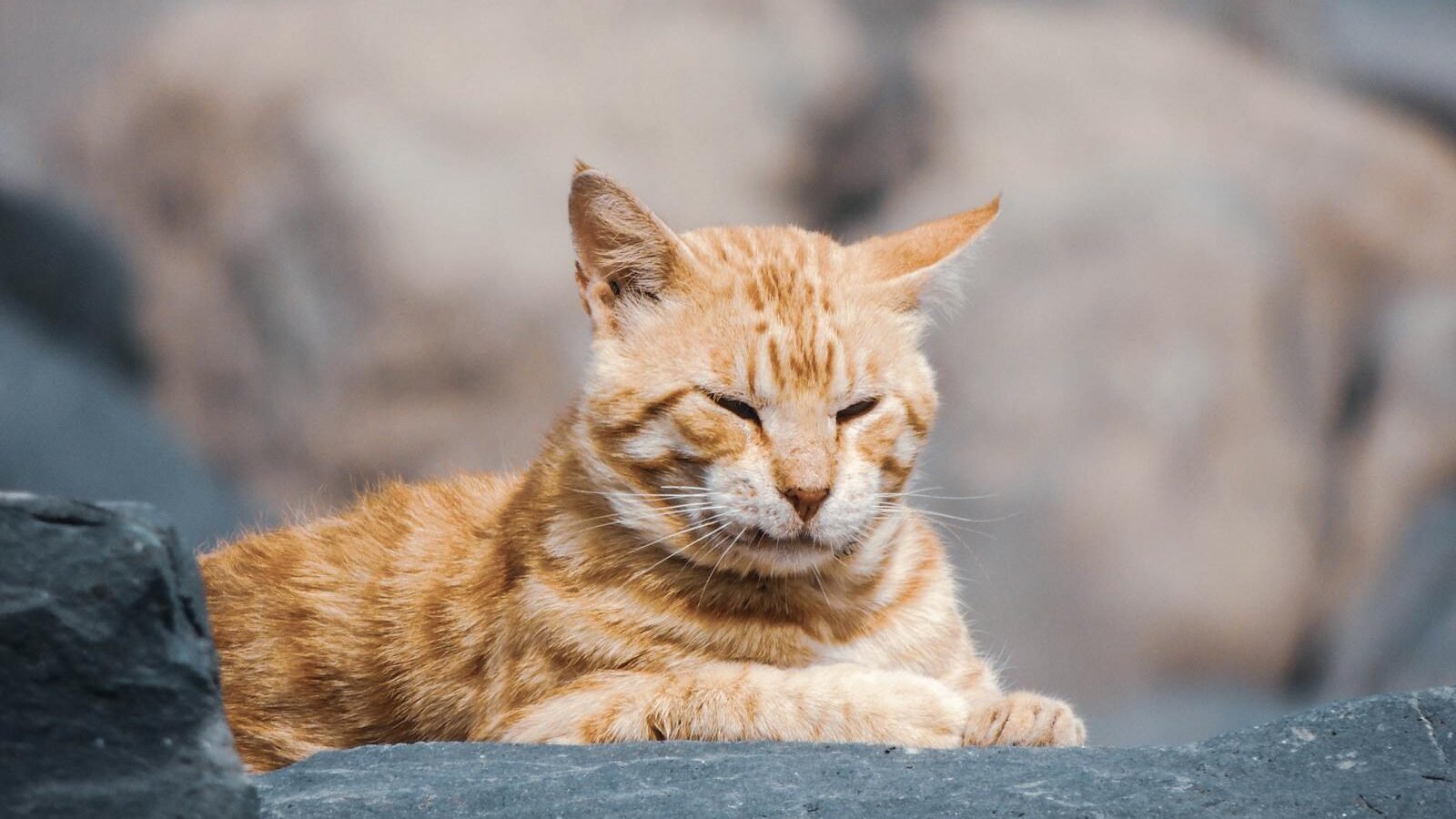
Photo by Karim Tab via Pexels
Cats thrive on routine, as it provides them with a sense of security. Any disruption in their owners’ routines, such as changes in work schedules, travel, or even altered household dynamics, can affect a cat’s behavior. They often notice these changes and may react by seeking reassurance or displaying signs of stress.
Reading Human Emotions
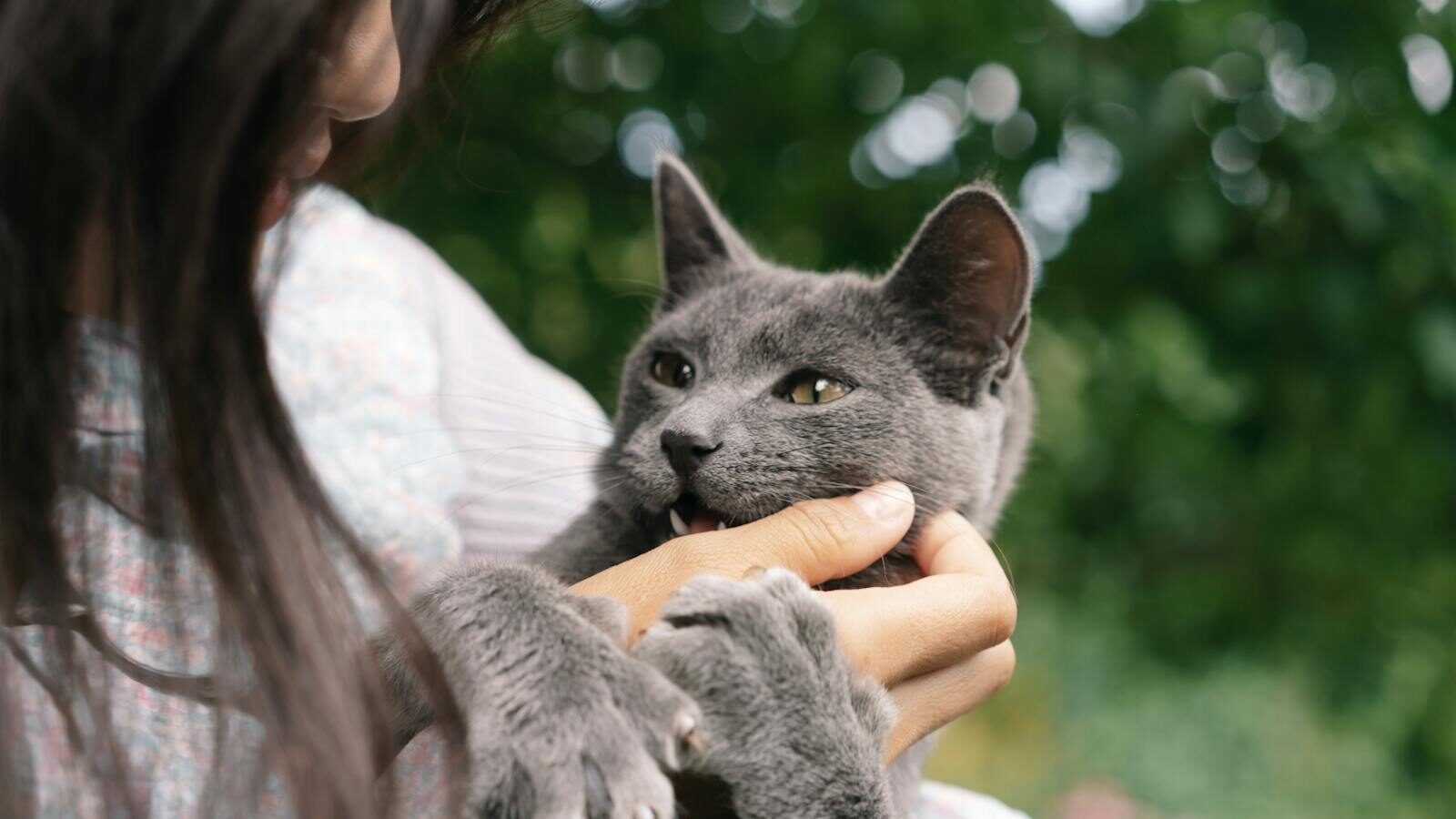
Photo by Mikhail Nilov via Pexels
Research indicates that cats can read human emotions through vocal tone, facial expressions, and body language. Changes in their owner’s mood, whether due to stress, sadness, or joy, can lead to a discernible shift in the cat’s behavior as they attempt to adapt to or support their owner.
The Effect of Stress and Anxiety on Cats
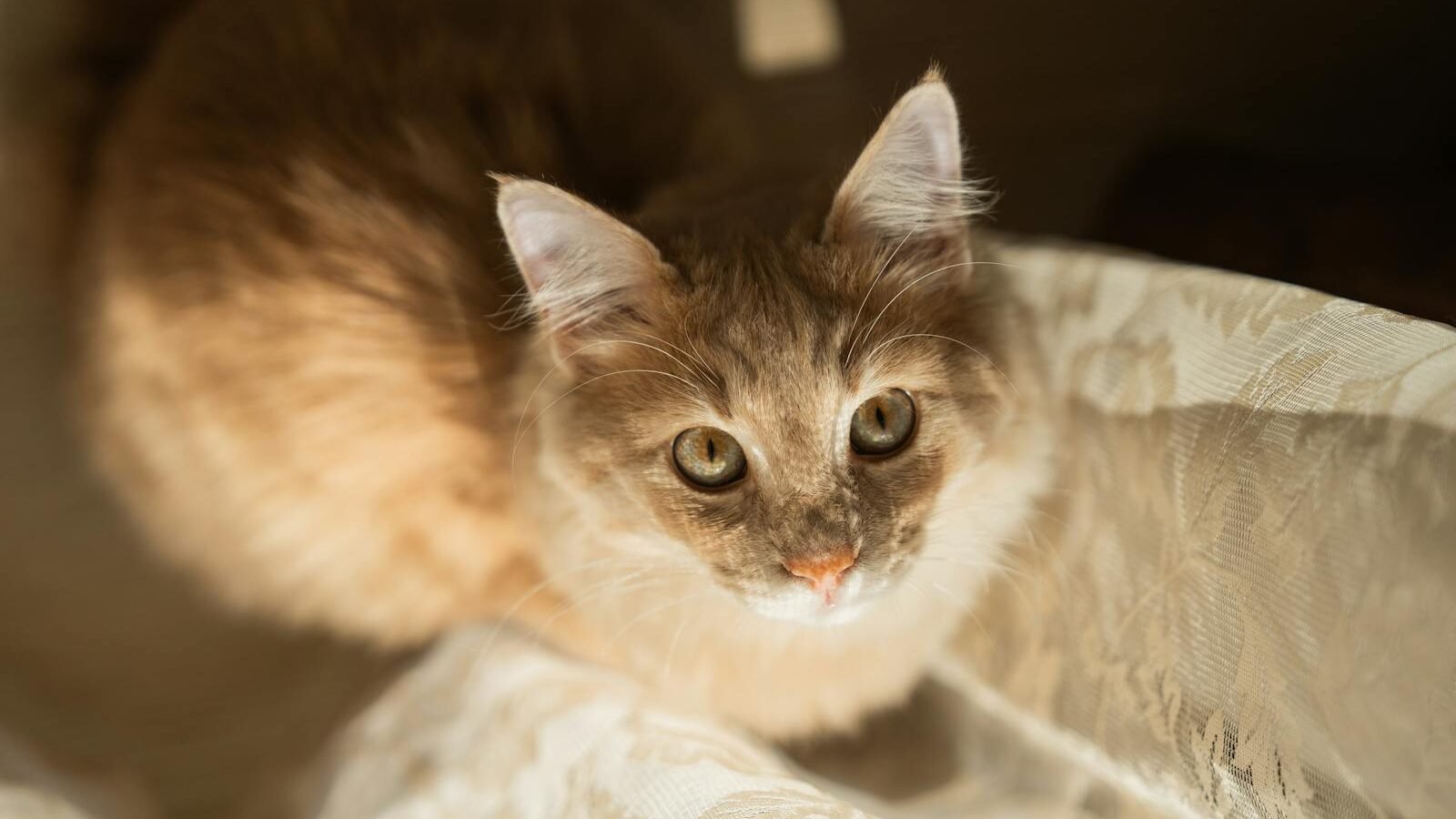
Photo by Ahmed via Pexels
Cats are not immune to stress and anxiety, and such feelings can be compounded if their owner is experiencing similar emotions. Cats may exhibit stress-related behaviors such as excessive grooming, vocalization, or withdrawal. Understanding this connection can help owners manage their behavior to minimize the impact on their cats.
Changes in Affection Levels
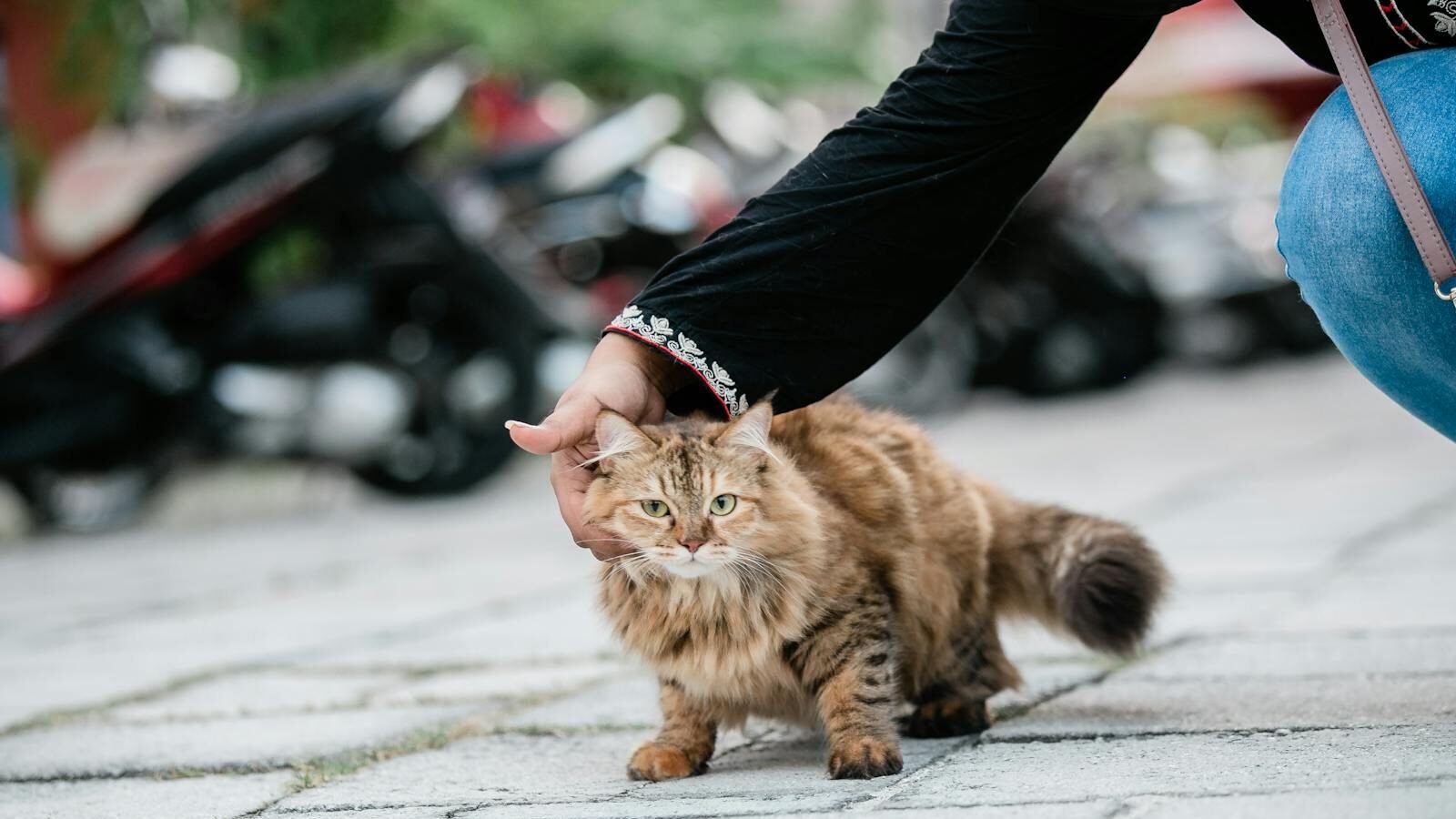
Photo by Asad Photo Maldives via Pexels
Owners may notice that their cat becomes more affectionate or distant based on changes in the household or in the owner’s behavior. Cats might snuggle more when sensing their owner needs comfort or withdraw to process changes independently. Recognizing these shifts can improve the human-cat relationship.
Behavioral Changes and Health Monitoring
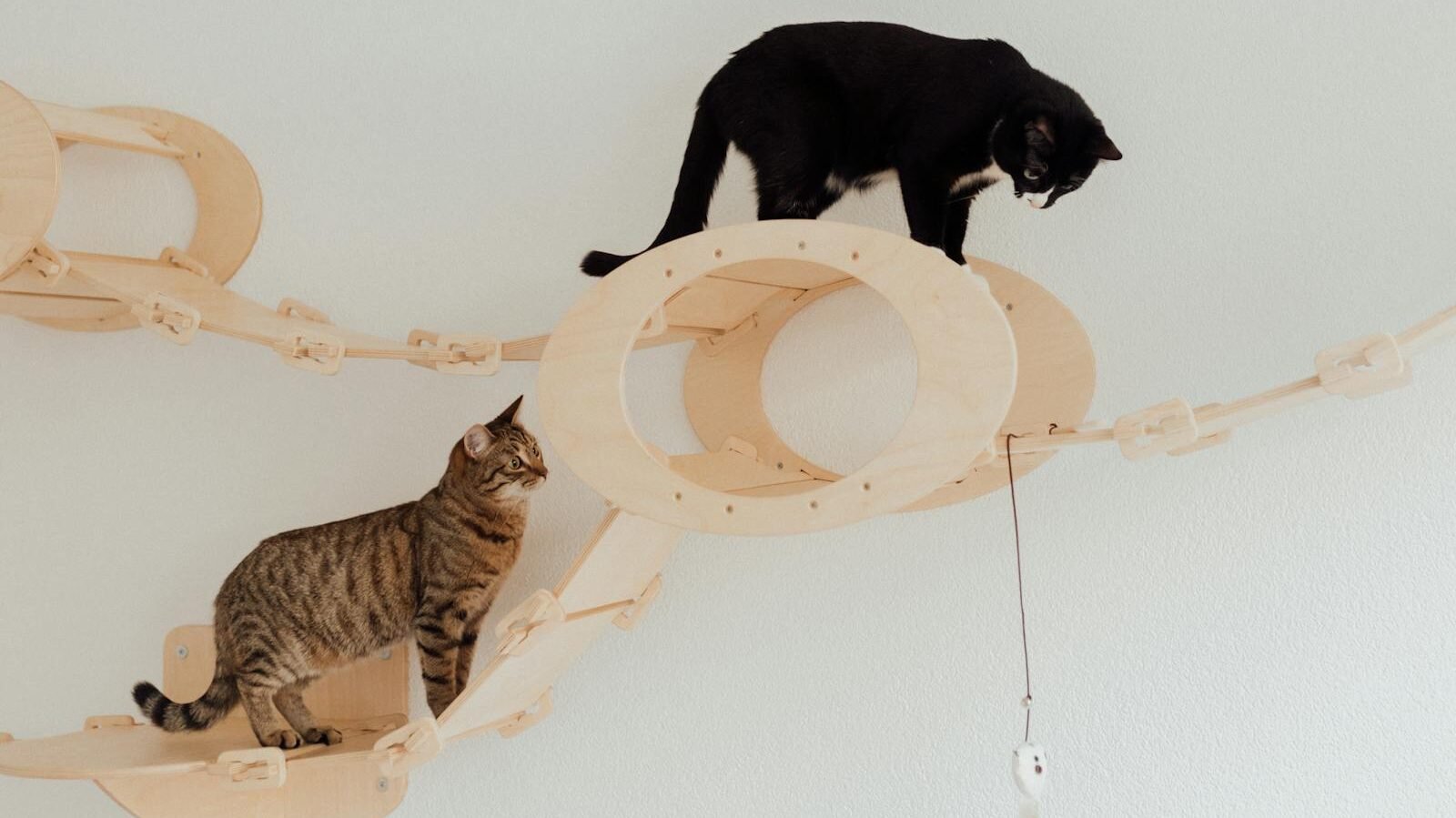
Photo by Arina Krasnikova via Pexels
Significant changes in a cat’s behavior, such as altered eating habits, litter box use, or interaction levels, can indicate an issue. These changes can be responses to shifts in an owner’s behavior or an alert to underlying health problems, necessitating a check-in with a veterinarian.
Recognizing Subtle Cues in Feline Communication
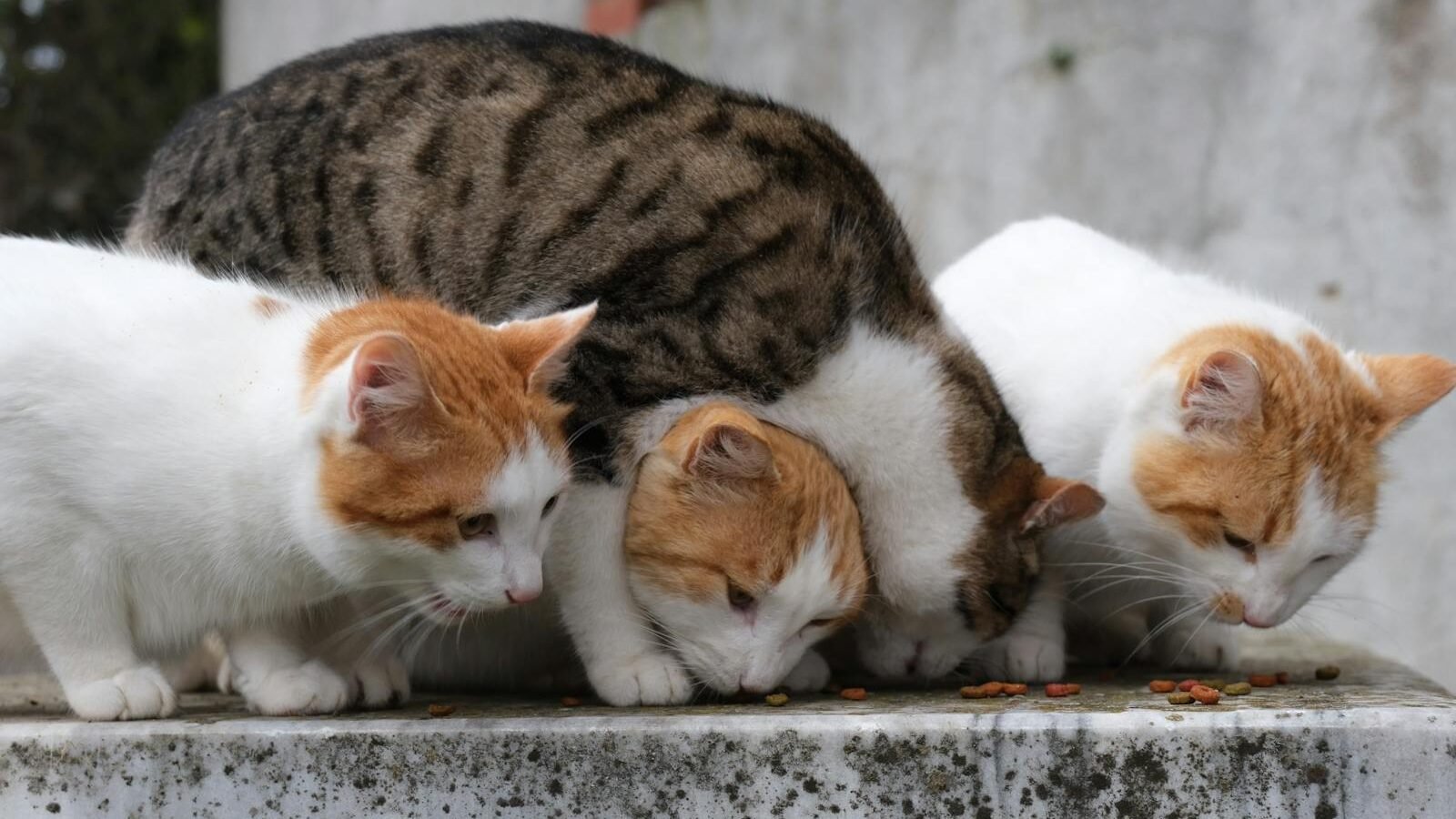
Photo by İrem Çevik via Pexels
Cats communicate through a range of vocalizations, postures, and behaviors. Subtle cues, like the angle of their tail or the tone of their meow, can offer insights into how they’re feeling about changes in their owner’s behavior. Deciphering these signals can help in responding appropriately to maintain harmony.
Interactive Play and Its Importance
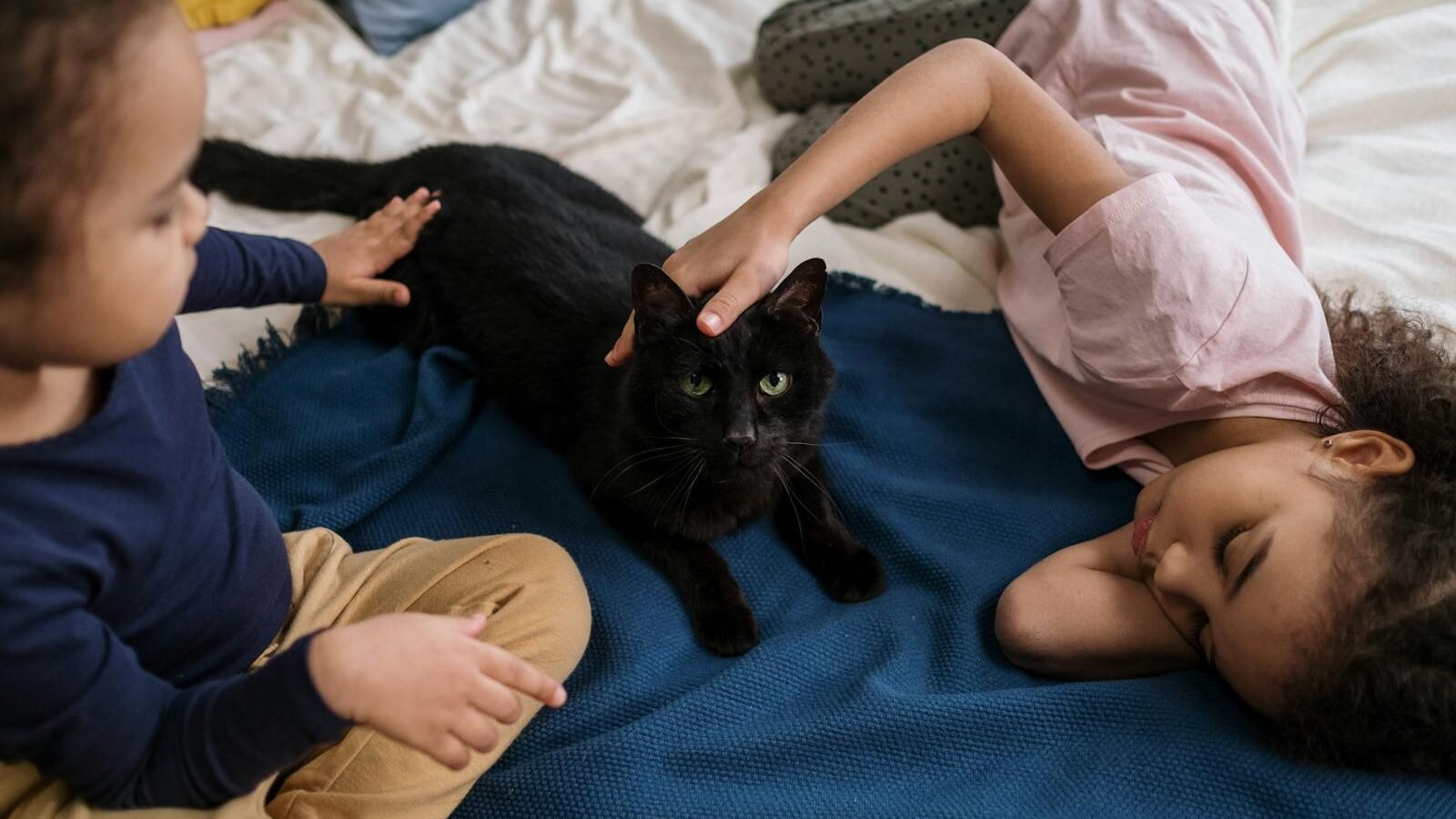
Photo by cottonbro studio via Pexels
Interactive play is essential for a cat’s mental and physical health. Changes in an owner’s availability for play, due to various factors, can affect a cat’s mood and activity levels. Engaging in regular interactive play can mitigate stress and reinforce the bond between cat and owner.
Socialization and Environmental Enrichment
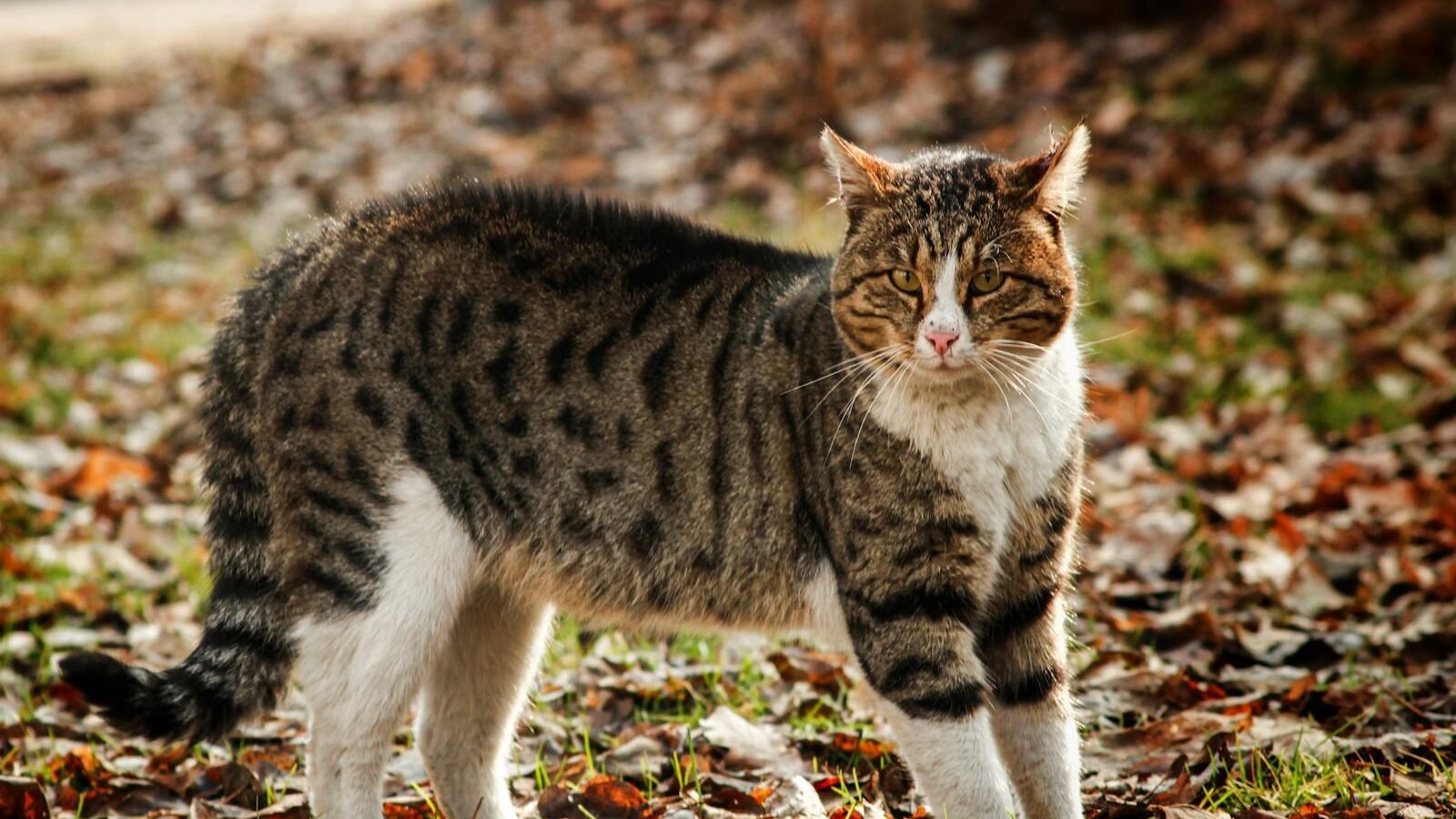
Photo by Ahmet Hakan Güder via Pexels
Providing a stimulating environment with various toys, perches, and scratching posts can reduce the impact of owner-related changes in a cat’s life. Creating a responsive and enriching environment helps cats adjust better without relying solely on their owner’s presence.
Fostering a Resilient Relationship

Photo by noelle via Pexels
The relationship between a cat and their owner is dynamic and can be strengthened by understanding feline responses to behavioral changes. Communication, consistency, and a nurturing environment promote a resilient bond, capable of withstanding the inevitable changes life brings.
Conclusion: Navigating Changes Together
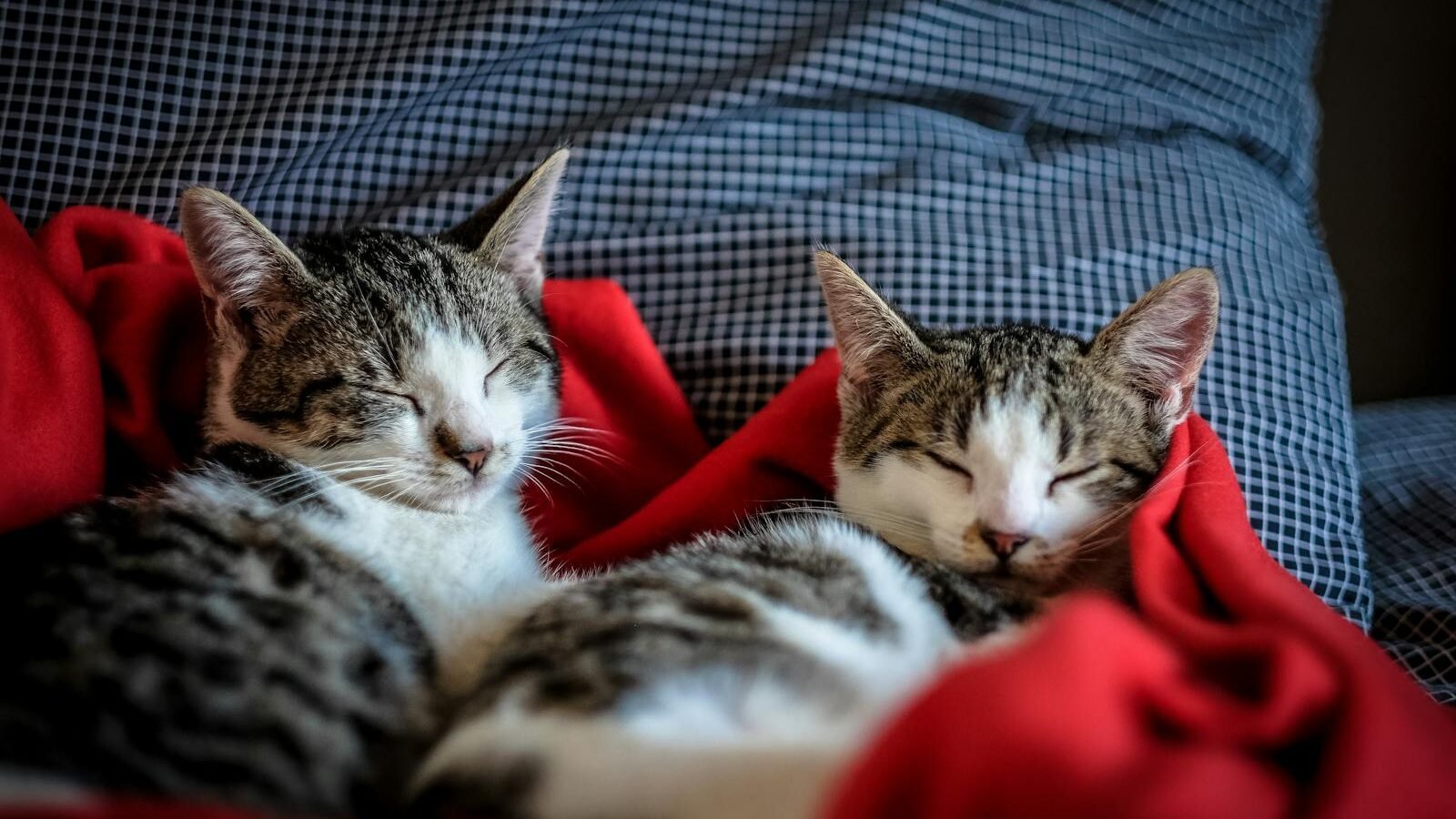
Photo by Francesco Ungaro via Pexels
Cats may appear indifferent, but their reactions to their owners’ behavior can offer profound insights into their needs and emotions. By understanding and responding to these signals, cat owners can ensure their feline companions remain happy and healthy, ultimately enhancing the shared life of companionship.

With over a decade of experience as a dedicated cat lover and enthusiast, I specialize in writing captivating content about all things feline. My expertise shines through in creating engaging and informative pieces that resonate with fellow cat lovers. As a proud cat parent to my beloved Duston, my personal connection to the world of cats adds authenticity and warmth to my work, making it relatable and heartfelt.






